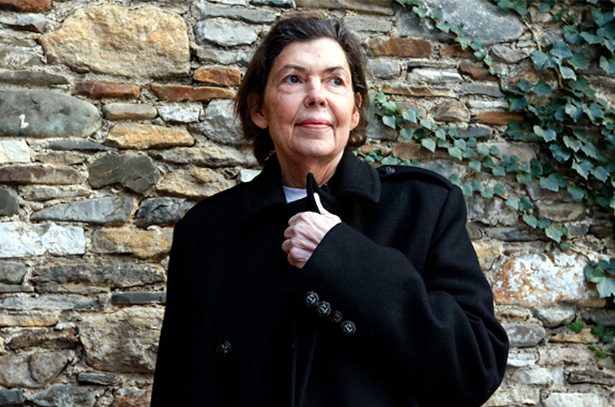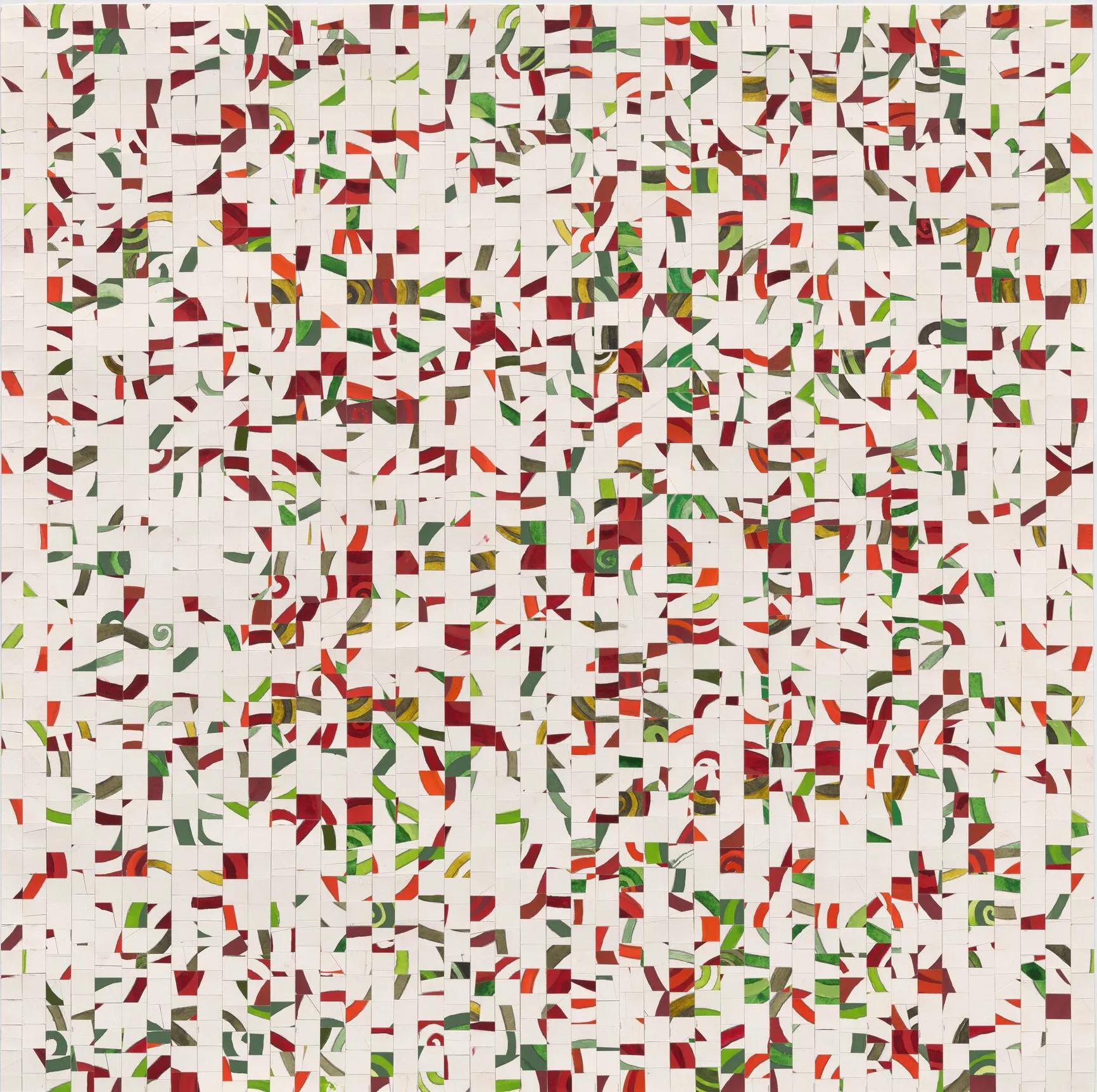
Isa Genzken
Wasserspeier and Angels
9 May – 27 July 2024
London
On view is a revival of Isa Genzken’s expansive installation ‘Wasserspeier and Angels’ (2004), marking 20 years since it was displayed in Genzken’s first major solo exhibition in London, UK. Originally responding to Hauser & Wirth’s former historic space in Piccadilly, London, UK in 2004, the representation of Genzken’s complex assemblage in the city brings her work into a contemporary context, confronting sociopolitical themes that are still relevant today. This moment follows on from the acclaimed exhibition ‘Isa Genzken: 75/75’ at Neue Nationalgalerie in Berlin, Germany in 2023, celebrating the artist’s 75th birthday with a display of 75 sculptures from her oeuvre from the 1970s to the present.
Genzken explores the relationships between different media and social, political and urban spaces, with references to everyday lived experience intruding on her formal experiments. The first presentation of this work not only marked Genzken’s inaugural show with the gallery but also captured a specific moment in time. Working in Berlin, Germany and in New York NY at the turn of the century, the artist witnessed the aftermath of the fall of the Berlin Wall and the subsequent changing landscape of the city, as well as the collapse of the World Trade Center in New York City NY. In parallel, from the late 1990s on, the artist’s sculptural works moved towards assembled installations that borrowed their aesthetic from collages, combining objects with variations in scale. The work on view exemplifies this new artistic language, characterized by its engagement with architectural form and its social dimension. Through the combination of materials sourced for purpose, this multifaceted installation contains layered references and takes on new meaning in today’s landscape.
The installation’s starting point came from the artist’s fascination with the ‘Wasserspeier’ (gargoyles) on Cologne Cathedral, Germany, encountering their restoration in the building’s masonry shop. Having tried to convince the cathedral’s master builder to let her take the carvings to London, UK, the artist instead created her own gargoyles for the exhibition in 2004, setting them in dialogue with winged, angelic figures. The duality between the earthbound and the heavenly has permeated Genzken’s career, reflected in her formal vocabulary through materials associated with engineering and heaviness, such as electric cables, aluminum panels and trollies, in addition to objects evoking the sky, light and wind, from blue sheets to bright lamps and umbrellas.
Historically, carved gargoyles were provisions for preservation, designed to direct rainwater away from the building, as well as for protection, banishing demons by holding up a mirror to evil. Bringing them from the roof to eye level, Genzken’s gargoyles, instead, confront viewers and humanity at large. In the same way that some gargoyles depict a hybrid of animals with human features, the artist imparts an anthropomorphic quality to her figures by giving them heads and body-like frames. Two figures even wear Genzken’s own clothing, a jacket and cap, lending the work an autobiographical undertone whilst also offering a reminder of civilization.
The four ‘Wasserspeier’ on trolleys appear to skate on the aluminum floor, which brings to mind the Chrysler Building’s metal cladding. The shiny material also enables the work to interact with the world around it, both literally through reflections and metaphorically by speaking to geopolitics; as such, the work and the surroundings become one.
Totemic columns and pedestals recur throughout Genzken’s work and are seen here cloaked in blue plastic that alludes to the wings of angels and is reminiscent of the way in which gowns are draped in Leonardo da Vinci’s drawings. Other objects, such as the sacrificial lamb or twigs and broken umbrellas, evoking the power of wind and nature, allow the viewer to relate to the work’s inherently human qualities of fragility and vulnerability, setting Genzken apart from her minimalist predecessors who pursued notions of order and power in their work. The artist’s interplay of objects conjures a place that is free and ethereal whilst making viewers aware of the restrictions and limitations of the real world.
‘In an effort not to represent the world but to be part of it—in other words, to be modern—Genzken chose as her raw materials the cheap, shiny, and ubiquitous building blocks of the contemporary urban environment […]. Working with these real-world materials, she created installations that engaged with the everyday in substance as well as in subject’.—Laura Hoptman, co-curator of ‘Isa Genzken: Retrospective,’ 2013 – 2014, MoMA, New York NY
File Downloads
Download Press ReleaseInstallation Views
1 / 7
Related Content
About the Artist

Isa Genzken
Isa Genzken has long been considered one of Germany’s most important and influential contemporary artists. Born in Bad Oldesloe, Germany, Genzken studied at the renowned Kunstakademie Düsseldorf whose faculty at the time included Joseph Beuys, Bernd and Hilla Becher, Benjamin H.D. Buchloh and Gerhard Richter. Since the 1970s, Genzken’s diverse...
Current Exhibitions
1 / 10


















